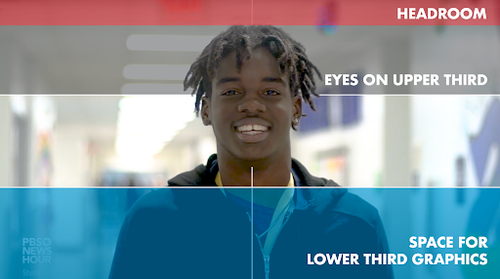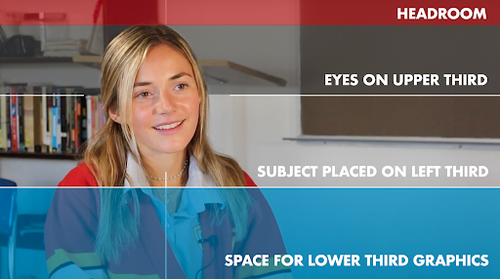Have you ever noticed? There are common camera composition conventions that professional news video shooters, cinematographers, and broadcast engineers use to appeal to viewers. With this 10-Shot Camera Challenge, students can practice and hone basic camera composition shots.


STEP 1: Use the 10-Shot Camera Challenge Slides to show students the common types of video shots:
STEP 2: Now it's students' turn! In pairs or small groups, have students film the above composition shots in less than 10-15 minutes. You can use cameras or mobile phones.
STEP 3: Review everyone's work as a class
You can follow up this exercise with our more advanced In-Camera Edit Lesson
Students leverage technology to take an active role in choosing, achieving and demonstrating competency in their learning goals, informed by the learning sciences. (ISTE)
Video Production
Lessons
Beginner
Camera or Mobile Phone
Notebook
45 Minutes